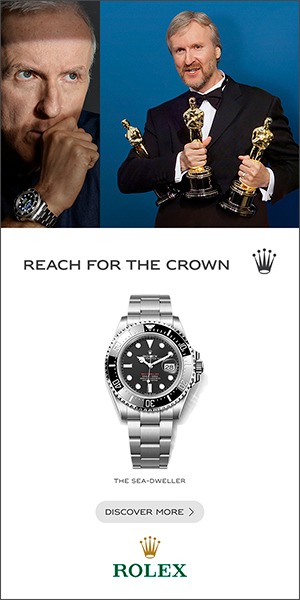A few days ago, I found myself doom-scrollingon my phone when I stumbled upon a video of a woman showcasing her hand-care routine. While the beginning was engaging, I was left surprised by the end—she used nearly twenty different products! A friend shared a video flaunting her latest shopping haul weeks earlier, clearly influenced by ongoing sales everywhere. Then, we have new social media trends every day – ‘Brat Summer’, ‘Hot Girl Summer’, and more. And let's not forget those addictive fridge and kitchen restocking videos that make you want to buy unnecessary containers to organise every single item in your home. The relentless stream of curated content can be overwhelming, as it sets unrealistic standards and encourages a consumerist mindset. But ironically enough, there is one trend that cuts through this that caught my eye – ‘Underconsumption Core.’
The underconsumption movement, gaining traction on social media platforms, encourages individuals to embrace minimalism and promotes a lifestyle that prioritises purchasing what is necessary. In a world saturated with influencer culture and fast fashion, ‘Underconsumption Core’ is a refreshing counter-narrative, advocating for sustainability and conscious consumption. Influencers often showcase extravagant shopping hauls and overflowing wardrobes, creating an unrealistic standard of living. This trend encourages followers to rethink their purchasing habits, focusing instead on quality over quantity. Its popularity marks a significant shift in consumer behaviour, particularly within the fashion industry.
/elle-india/media/post_attachments/wp-content/uploads/2024/09/nrm_1406820146-13-going-on-30-wardrobe.jpg)
But how will this new trend help fashion? Fashion is the second biggest pollutant, and most wearable clothes end up in landfills. This core will promote sustainability and less consumption in a way this generation understands – by making it a cool trend on social media. Although there has been a significant rise in ultra-fast fashion shopping, there has also been an increase in thrifting and second-hand shopping. This movement aligns with a broader cultural shift towards sustainability among young shoppers who are increasingly aware of the environmental impact of their choices.
The trend poses a significant challenge to fast-fashion brands that thrive on mass production and release a new collection every week. As consumers begin to prioritise sustainable practices and invest in timeless pieces, brands that fail to adapt may struggle to maintain relevance. This shift would compel fast-fashion brands to focus on quality, eco-friendly materials, and sustainable practices.
/elle-india/media/post_attachments/wp-content/uploads/2024/09/2fa8b3857cf308cc7cb44f7f88a8755c.png)
For influencers, the implications are equally profound. Many may need to pivot from traditional content focused on excessive consumption and instead embrace a more sustainable narrative. This could involve showcasing capsule wardrobes, promoting thrift finds, or sharing tips on how to maximise the utility of existing items. As the trend gains momentum, influencers who continue to encourage overconsumption may find their audience dwindling in favour of those who align with the values of the ‘Underconsumption Core’.
As this movement gains traction, it will be interesting to observe whether it leads to lasting changes in consumer behaviour and industry practices. Ultimately, the underconsumption core represents more than just a trend; it is a call to action for individuals and brands alike to reconsider their relationship with consumption. As we navigate this new era of conscious consumerism, one thing is clear: the future of fashion may very well depend on our ability to embrace a more mindful approach to what we buy and how we live.
/elle-india/media/media_files/2025/12/20/bespoke-1280x720_static_2025__james-cameron_jpg-2025-12-20-11-52-00.jpg)
/elle-india/media/agency_attachments/2024/12/12/2024-12-12t050944592z-2024-11-18t092336231z-czebsydrcd4dzd67f1wr.webp)
/elle-india/media/agency_attachments/2024/12/12/2024-12-12t050944592z-2024-11-18t092336231z-czebsydrcd4dzd67f1wr.webp)
/elle-india/media/media_files/2025/12/20/untitled-1-1-2025-12-20-12-04-20.png)
/elle-india/media/post_attachments/wp-content/uploads/2024/09/Untitled-design-7.png)
/elle-india/media/media_files/2025/12/18/arts-and-culture_marayacouple_en_static_display_300x250-2025-12-18-11-05-09.jpg)
